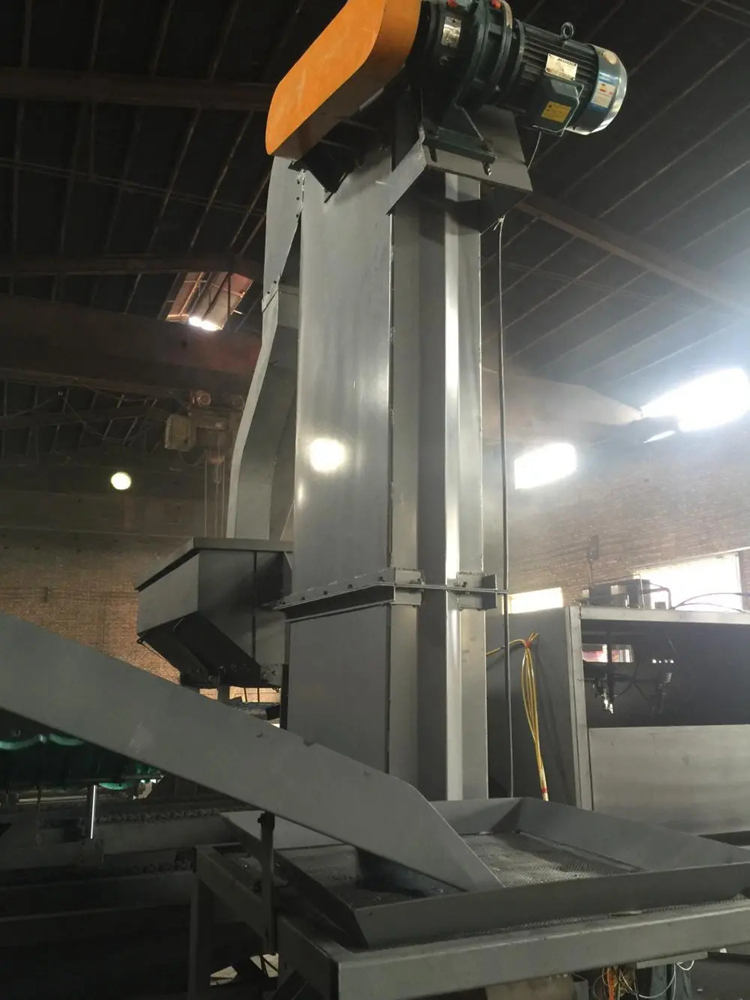
The Simple Slitting Line An Overview
In the world of manufacturing, efficient processing of materials is critical for productivity and cost-effectiveness. One essential technique that plays a vital role in the metalworking industry is the slitting process. This article focuses on the simple slitting line, an effective solution for cutting large rolls of material into narrower strips with precision and speed.
What is a Simple Slitting Line?
A simple slitting line is a specialized machine designed to convert large coils of metal, typically steel or aluminum, into smaller, thinner coils or strips. The process begins with feeding a large parent coil, known as a master coil, into the slitting line. This line systematically cuts the coil into various widths according to the specific requirements of the end product. The slitting line is equipped with various components, including unwinders, slitting blades, and rewinders, each playing a crucial role in the overall operation.
Components of a Simple Slitting Line
1. Unwinder The unwinder is responsible for holding the master coil and feeding it into the slitting system. It ensures that the material is unwound smoothly and without tension, reducing the risk of deformation before cutting.
2. Slitting Blades These are the heart of the operation. The slitting blades are typically made from high-speed steel or carbide and are positioned in a vertical or horizontal arrangement. They slice through the material, creating individual strips of the desired width. The sharpness and alignment of these blades are critical for maintaining accuracy and quality.
3. Rewinder After the material has been cut, it is wound onto smaller coils by the rewinder. This component collects the finished strips, ensuring they are neatly coiled and ready for transport or further processing.
4. Control System Modern slitting lines incorporate advanced control systems that allow for precise adjustments in speed, tension, and cutting width. This automation improves efficiency and ensures consistency in the finished product.

Advantages of Using a Simple Slitting Line
1. Efficiency Slitting lines significantly reduce the time it takes to process large coils into smaller strips. The automated nature of these machines allows for continuous production, minimizing downtime and increasing overall output.
2. Precision The technological advancements in slitting lines enable manufacturers to achieve high levels of precision. This accuracy is crucial, as even minor discrepancies in width can lead to significant issues in downstream processes.
3. Versatility A simple slitting line can process a variety of materials, including different grades of steel, aluminum, and even some plastics. This versatility makes it a valuable addition to various manufacturing setups.
4. Cost-Effectiveness By optimizing the slitting process, companies can reduce waste and increase yield. The ability to produce narrower strips without significant scrap material contributes to lower manufacturing costs.
Applications of Simple Slitting Lines
Simple slitting lines are widely used across various industries, including automotive, construction, and appliances. In the automotive sector, for instance, slitted strips are often used for making components such as brackets and body panels. In construction, they may be used for producing steel studs and tracks. The appliance industry uses slitting lines to create parts for refrigerators, washers, and dryers, demonstrating the broad applicability of this technology.
Conclusion
The simple slitting line is a critical piece of equipment for manufacturers looking to streamline their processes and improve product quality. Its efficiency, precision, and versatility make it an indispensable tool in the metalworking industry. As technology continues to evolve, slitting lines will likely incorporate even more advanced features, further enhancing their performance and capabilities. For manufacturers aiming to stay competitive, investing in modern slitting technology is not just advantageous—it's essential.